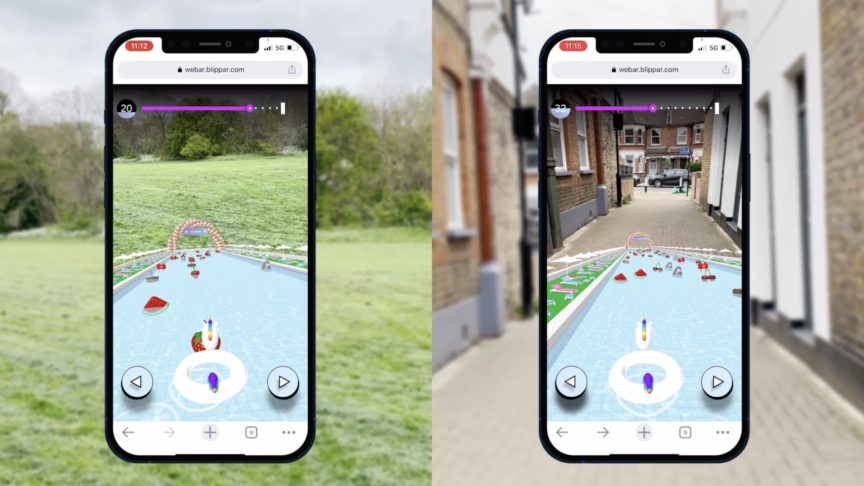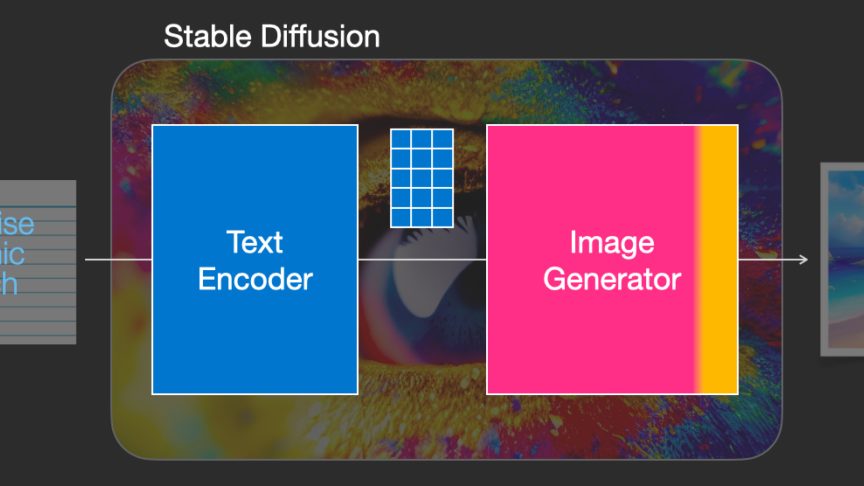AR and AI Glossary - all the key terms you need
March 29, 2017
AR and AI Glossary - all the key terms you need

2018 is poised to be a significant year for the development of new and emerging technologies like Augmented Reality, Virtual Reality, and Artificial Intelligence. As these technologies add greater complexity to an already highly technical space, we have compiled a glossary of relevant key terms and AR words to shed light on what the popular buzzwords of 2018 actually mean.
Augmented Reality, Virtual Reality, and Mixed Reality
Augmented Reality (AR) is technology that allows digital information – videos, photos, links, games, etc – to be displayed on top of real world items when viewed through the lens of a smartphone or tablet
- Image marker (trigger, image target, trackable, etc) is an image that has been loaded into a system, which will trigger an AR experience when recognised through a lens
- AR overlay is digital content displayed on top of an image marker AR video playback is video content that is superimposed over an image marker without blocking out the surrounding physical environment (as opposed to a full screen playback)
- Extended tracking anchors the AR overlay or video playback to the image marker even when moving the camera around it
Markerless Augmented Reality (also ‘dead reckoning’) is technology which triggers an AR experience through a smartphone or tablet when pointing the lens at physical objects that have not actively been loaded onto the system in advance (i.e. image markers). Instead AR experiences are triggered by, for example geo-location targeting, which was used in Pokemon Go.
- Systems using ‘Markerless AR’ often use Artificial Intelligence to extract and store information about the physical environment to better identify objects in the future.
Virtual Reality (VR) is technology that immerses users wearing VR headsets (e.g. Oculus Rift) in a 360 degree digital environment with which they can seamlessly interact, but which receives no input from the physical world.
Mixed Reality (MR) is an emerging strand of AR. This technology describes overlaying digital content on top of real world objects, which can be interacted with and manipulated in real time. Typically this technology requires wearable hardware, such as headsets (Microsoft’s Hololens) or glasses (Google Glass).
- This technology is still being developed for mass consumer usage but there are a number of companies now building within this space (e.g Magic Leap).

In this experience, the smartphone recognises the image marker and triggers a 3D Augmented Reality experience
Artificial Intelligence and Machine Learning
Artificial Intelligence (AI) is the ability for a computer system/machine to perform tasks typically associated with human beings including visual perception, speech recognition, decision-making, and translation between languages.
Computer Vision is the ability for a machine to acquire, process, analyse and understand digital images and feedback relevant information e.g. identifying a fruit and conveying information about its properties. It seeks to perform the same tasks that the human visual system can, making it part of the AI field.
- Facial Recognition is technology capable of identifying a person from a digital image/video or face-to-face (and subsequently feeding back relevant and available information).
- Sentiment Analysis broadly describes technology capable of extracting and understanding emotion from written texts. However, Blippar has developed Emotion Detection which enables machines to interpret and understand emotions based on images and videos, rather than text.
Machine Learning, as part of AI, provides machines with the ability to operate ‘intelligently’ and learn to act without explicit programming. For example, as a person uses their Facebook account more regularly, personalisation algorithms ensure the content populating their newsfeed is increasingly relevant to them and their interests.
- Image Tagging describes identifying objects, categories, and even human gestures, and organising this image data so it might be used in ongoing machine learning algorithms.
Deep Learning / Advanced Machine Learning is a technique for implementing ‘Machine Learning’. It relies on algorithms inspired by the structure and function of the brain called artificial neural networks, which process data in a nonlinear fashion. While still being developed and explored, it will allow AI machines to analyse and process more complex data and to replicate more complicated ‘human’ functions and behaviour.

Google is developing driverless cars that operate using computer vision
Other useful terms
Visual search describes using images as search queries to trigger relevant information and content. Understanding intent is key, as searches for specific images are made with a specific output in mind.
- Visual discovery is the combination of visual search and knowledge graph. It relates to spontaneous curiosity which is triggered by something in front of a user in the real world - for example Blippar’s ‘explore mode’ lets users unlock interesting content related to a specific object, and then discover more about connected, similar objects and people through our knowledge graph, Blipparsphere.
Internet of Things (IoT) is the interaction between certain physical objects (cars, central heating system, etc) and Internet-connected devices, enabling the exchange of data and information - e.g. in a smart home, a consumer will be able to control their heating, lighting, air-conditioning etc via their smartphone
- Internet ON Things describes using computer vision and machine learning to turn physical objects into digital touchpoints and media that you can interact with.

The Blippar app uses computer vision to power the visual discovery browser
If you have come across any other keywords in the industry that we have not included, leave a comment below and we will add a definition to our post!



